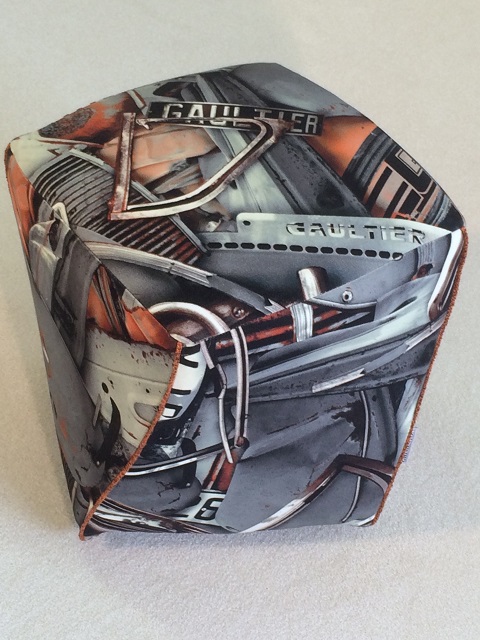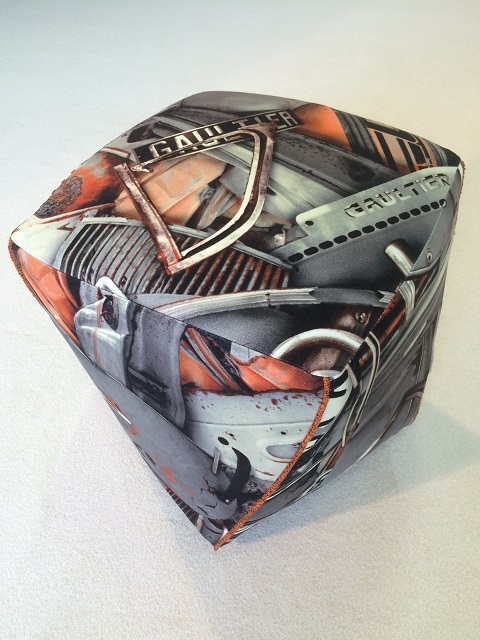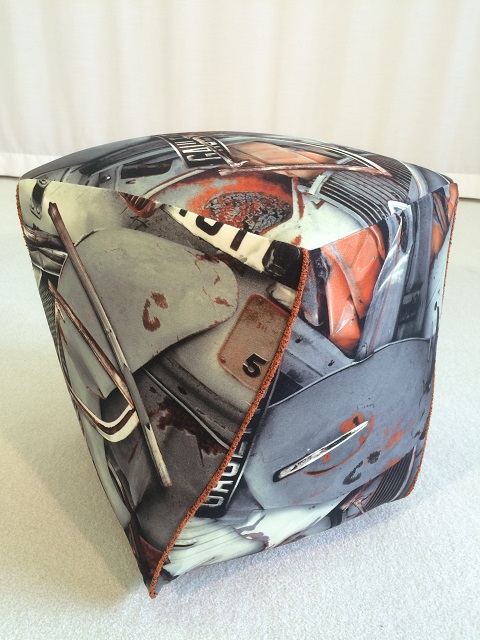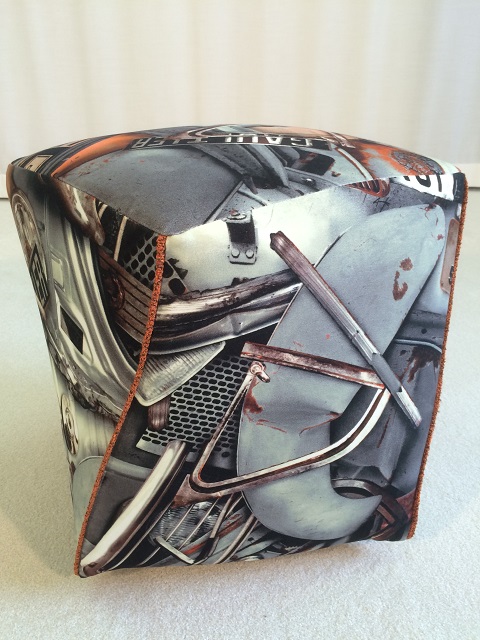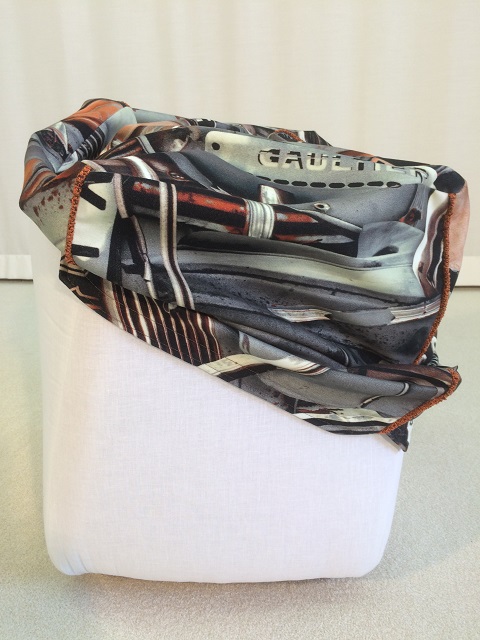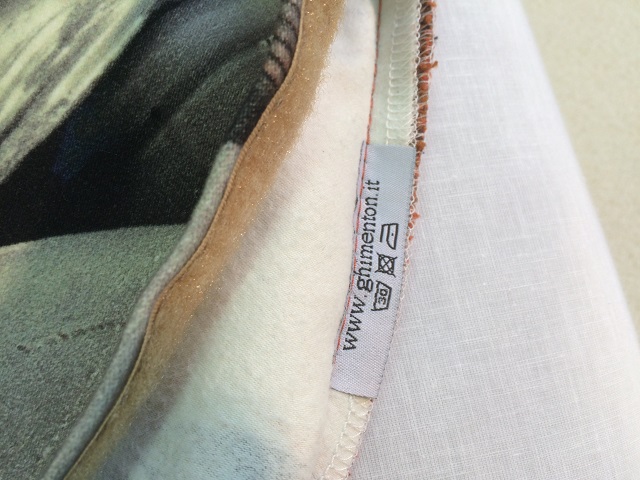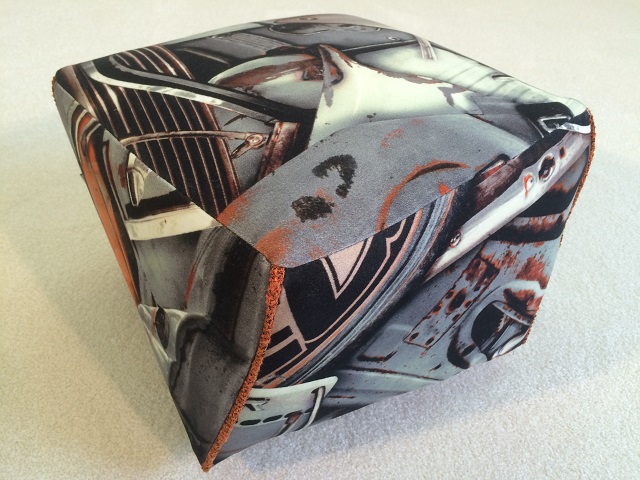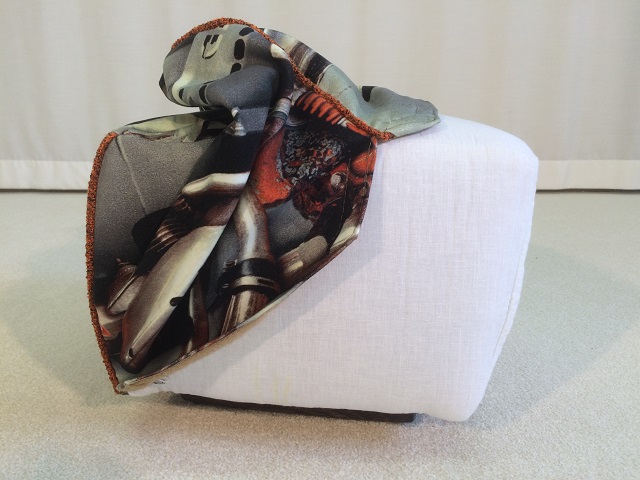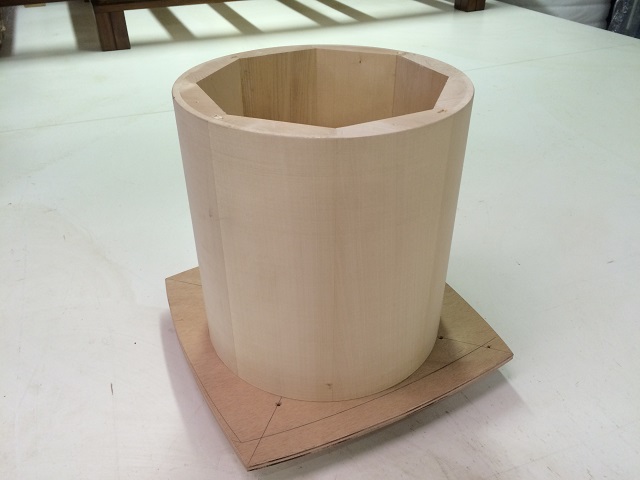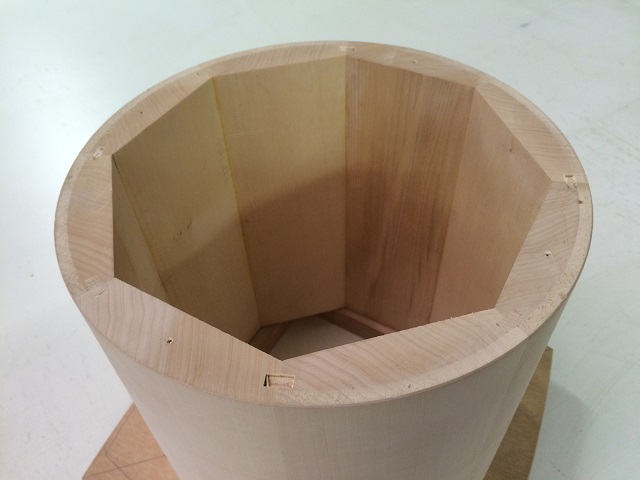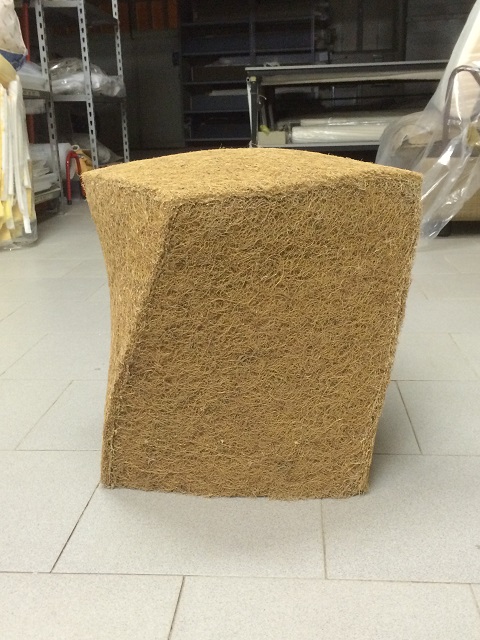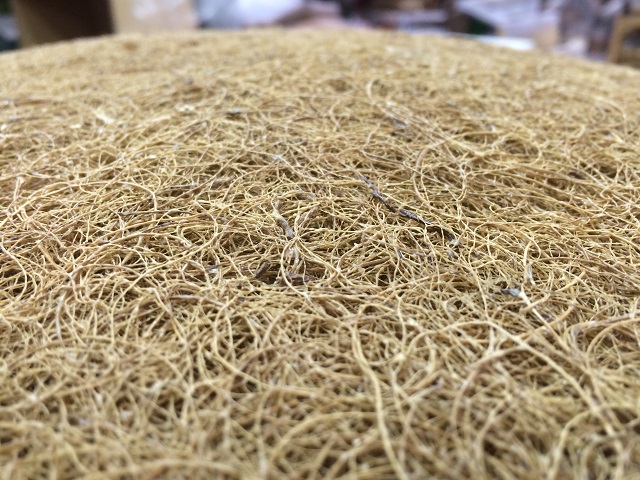
Pouf mod. TWIST
High quality structure in solid wood with the bottom made in ekumé marine plywood.
Base in durmast wood (colour finish chosen by the Customer).
Padding with a layer of elastic belts and made with nautical foam and rubberized coconut fiber (without any use of "sponge rubber"). Surface finish in polyester fiber lining and cotton fabric.
Kind of cover chosen by the Customer (nailed, removable, nailed with housse, piping, trimmings, etc.).
Standard dimensions (changeable by the Customer): width cm. 40 x 40, maximum encumbrance cm. 50 x 50, height cm. 47
Example of pouf mod. TWIST, REMOVABLE cover version:
Wengé colour finish for the base (as requested by the Customer).
Removable fabric cover with, as requested by the Customer, piping in contrasting colour on the corners.
Dimensions: width cm. 40 x 40, maximum encumbrance cm. 50 x 50, height cm. 47
Price (excluding fabric cost): Euro 535 + VAT (shipping excluded)
Needed fabric: mt. 1,60 h.140 without pattern repeat as photos
Detail of the piping in contrasting colour on the corners:
Fabric washing instructions sewn directly on the cover:
Example of footstool mod. TWIST, REMOVABLE cover version:
Wengé colour finish for the base (as requested by the Customer).
Removable fabric cover with, as requested by the Customer, piping in contrasting colour on the corners.
Dimensions: width cm. 33 x 33, maximum encumbrance cm. 43 x 43, height cm. 28
Price (excluding fabric cost): Euro 358 + VAT (shipping excluded)
Needed fabric: mt. 0,70 h.140 without pattern repeat as photos
Detail of the piping in contrasting colour on the corners:
Technical details:
High quality structure in solid wood with the bottom made in ekumé marine plywood:
Base in durmast wood:
Elastic belts and internal part of the padding made of nautical foam (closed-cell expanded polyethylene foam):
The nautical foam (closed-cell expanded polyethylene foam) is a material derived from oil. It has a high density and therefore does not deform. It does not deteriorate over time, even over decades. It is usually used for outdoor cushions of boats, thus constantly exposed to the sun and water, because of its impermeability and resistance to mold and oxidation:

External part of the padding made of rubberized coconut fiber:
The rubberized coconut is a material obtained from the fiber of coconut shell combined with natural latex. The coconut fiber is particularly resistant and does not deteriorate over time, even over decades; its structure allows optimum ventilation and breathability counteracting the accumulation of moisture and dust. In fact, the rubberized coconut is generally used in the production of mattresses, in particular for the nautical sector where the coconut fiber allows the ventilation of the mattress also when in contact with wooden panels that would otherwise create mold on the bottom of the mattress. The natural latex of which the coconut fiber is sprinkled serves to give elasticity and bind the material in a single body, which in fact comes in the form of slabs of various thicknesses:
All the padding is manufactured without using anywhere the most common (and also cheaper) flexible polyurethane foam, also known by the term "sponge rubber". The flexible polyurethane foam, in fact, has the disadvantage of oxidizing in the long term (20-30 years) presenting the typical "chalking" (yellow powder) and to issue rubber smell after a few years old, especially if the product is placed in humid and little ventilated areas. The rubberized coconut fiber and the nautical foam, instead, do not have these defects and even over 20-30 years of use they remain totally intact and odorless.
Surface finish in polyester fiber lining and final cover of the padding in cotton fabric:
Each item is cataloged and identified by a reference number, which characterizes it as a unique piece:
For every single item we manufacture we always make an extra “sample cover” (in both cases of removable cover version and fixed/nailed version) which is archived by us. So, even after many years and also for fully customized versions, we can always make new covers without taking back the armchair to our workshop (in versions with fixed/nailed cover, if it is not possible to bring back the armchair to our factory, the works of un-nailing the old fabric and nailing down the new fabric, sewn and pre-arranged by us, can be easily done by any local upholsterer). You cannot turn a version born with fixed/nailed cover into a removable cover version (or vice versa) without bringing back the sofa to our workshop (or at least it should be entrusted to a professional local upholsterer):




